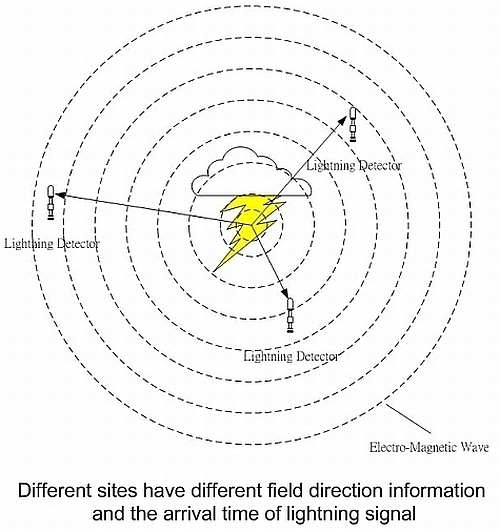How to detect lightning?
Even in advanced societies today, lightning still poses serious threats to lives and properties. Whether these are the operations or systems in the airport, or those related to power transmissions and communication networks, they are prone to damages by lightning which will bring inconvenience and even hazard to our daily lives. If we are able to detect promptly the occurrence of lightning and inform the public and relevant organizations in a timely manner, it should greatly reduce the chance of accidents and property losses. Hence, it boils down to the question of how we can accurately detect lightning?
Apart from light and sound, lightning also generates a strong electromagnetic field. The situation can be visualized as a long electric cable extending from the thunderclouds to the earth surface through which a huge current passes through this cable transiently. From the basics of electromagnetism, this will generate a very large electromagnetic flux radiating outwards at the speed of light. Thus, we can confirm the occurrence of lightning through the detection of this electromagnetic flux, like the reception of radio broadcast. If we have several electromagnetic flux detectors in different locations, the detected direction and time of arrival of the electromagnetic flux generated from the same lightning stroke will be different for different detectors. Upon collecting these data, we can carry out computation using a computer to derive the location and time of occurrence of the lightning stroke. Details of the algorithms of the Lightning Location Information System will be discussed in the next issue of the e-bulletin.
